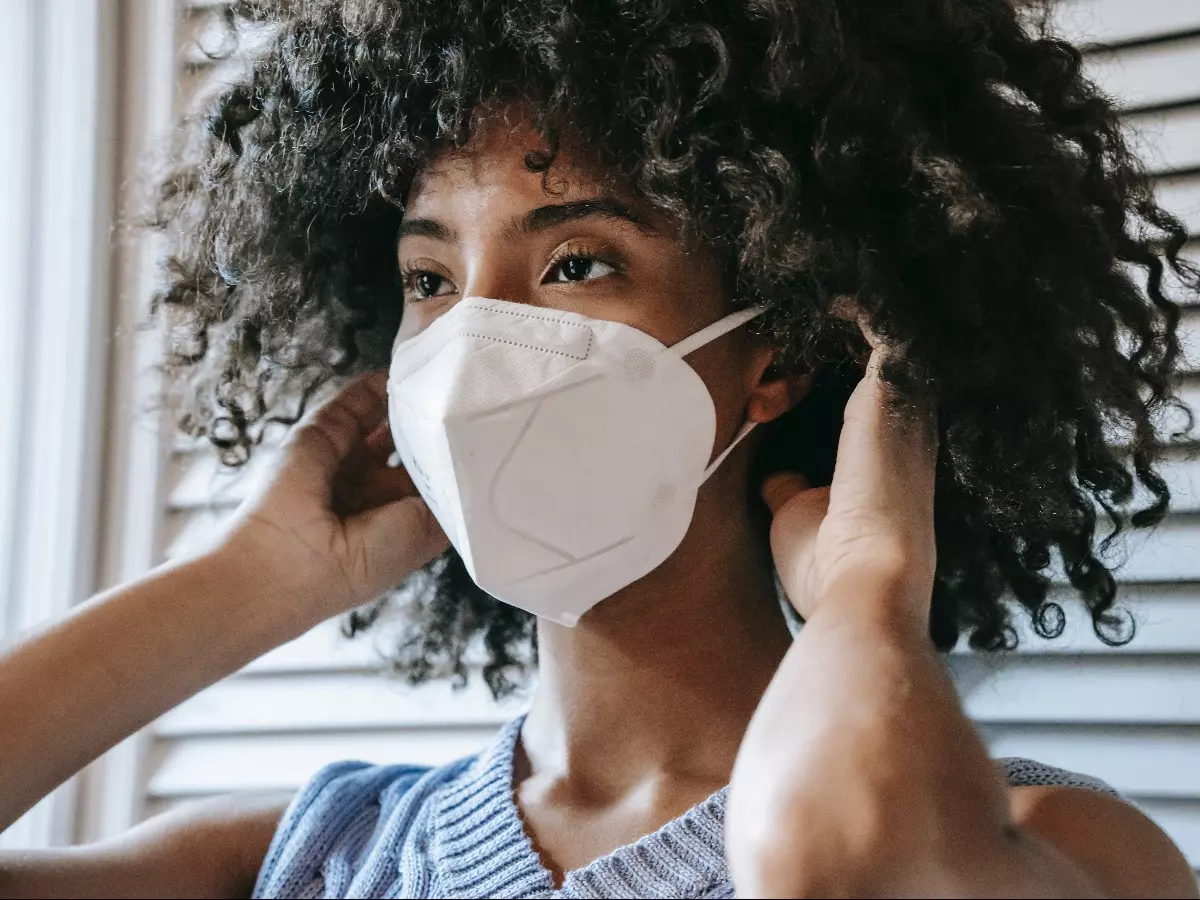Here*s Our Guide To Picking The Right Mask & Wearing It Correctly!
Cloth Mask + Surgical Mask Or An N95/FFP2 S Mask 每 What Works Lets start by understanding the difference between cloth masks surgical masks and respirators. N95 respirators the most recommended masks are personal protective equipment that protects the wearer from airborne particles and aerosols from entering the respiratory system.

Is your cloth mask good enough? Let*s find out!
The last two years have wreaked havoc globally. Just when we thought that life was getting back to normal, the new variant hit us hard.
Having survived two years of ups and downs, countless variants and a tough fight to stay healthy, we face the ultimate question 每 are all masks equally effective?
Experts don*t think so.
Cloth Mask + Surgical Mask Or An N95/FFP2 S Mask 每 What Works?
Let*s start by understanding the difference between cloth masks, surgical masks and respirators.
A cloth mask is one of the simplest types of face-covering and offers a basic level of protection. They usually have a loose-fitting. A surgical mask, on the other hand, is a 3-ply mask used by medical personnel during procedures.
N95 respirators, the most recommended masks, are personal protective equipment that protects the wearer from airborne particles and aerosols from entering the respiratory system.
Studies from the National Institute for Occupational Safety and Health (NIOSH) have found that a surgical mask blocked 59% of respiratory aerosols from a cough, whereas a three-layer cotton mask blocked 51% of these aerosols, compared to an N95 mask which blocked up to 95% of the aerosols.
Why does the N95/FFP 2 S Works Better?
It may sound a bit technical, but here*s what makes the difference - the N95/FFP2 S ranks as a high barrier to transmission of flu, infection, and air-borne viruses. Rigorously tested for several transmission conditions, N95/FFP2 S masks usually use five layers with electrostatically charged melt-blown filters that provide adequate protection from airborne particulates aerosols as small as 0.3 micron.
This means that it has the power to filter out most bacterial, viral and particulate aerosols. Such masks are designed to give the optimum fit which means that any leakage from the side of the mask is also minimized.
Masks with valves allow air to leave the mask without filtering it 每 which means that the virus can spread from an infected (even asymptomatic) person to others. So, for the safety of others it is better to use a mask without a valve.
Recent findings of the United States-based American Conference of Governmental Industrial Hygienists (ACGIH) shows that the N95 mask gives fifty-five times longer protection from transmission of infection between two people wearing N95 masks correctly as compared to two people wearing cloth masks. ACGIH is focused on occupational and environmental health and safety in industries.
The advanced construct of a good quality FFP2 S mask-like Savlon which is comparable to an N95 mask, has a splash-resistant outer layer, sweat or moisture resistant inner layer and one or more electrostatically charged melt-blown filter layers. Every batch undergoes rigorous testing on quality performance and efficacy as prescribed in the Bureau of Indian Standards (BIS).
The Correct Way Of Wearing A Mask!
Not below the nose. Not below the chin.
Your mask should cover your nose and mouth completely.
If you are wearing the N95 mask, double masking should be avoided. Instead, opt for the FFP2 S Mask that uses an advanced five-layer filtration system with electrostatically charged melt-blown filters with enhances its filtering ability.
Lastly, here are some signs that will help you identify an N95 or FFP2 mask
1.
A BIS approved FFP2 S mask has the
ISI mark, a CM/L (license) number, brand name/TM and clear call-out of the
classification e.g. FFP2 S
2. A NIOSH approved N95 will have the logo or acronym in bold, a TC (testing & certification approval number), manufacturers name.
3. Moreover, NIOSH only approves head-band masks (the ones where the loops go behind the head rather than the ears).
4. Check for misspellings. When it comes to fake products, brand names and ingredients are often misspelt to escape persecution
5. Check for things like expiry date, changes in any design, usage instructions for kids among other things
6. Masks that are decorated or printed are counterfeits and can pose a threat to your safety
With the right masking and hygiene techniques, we are ready to power through 2022. What about you?
